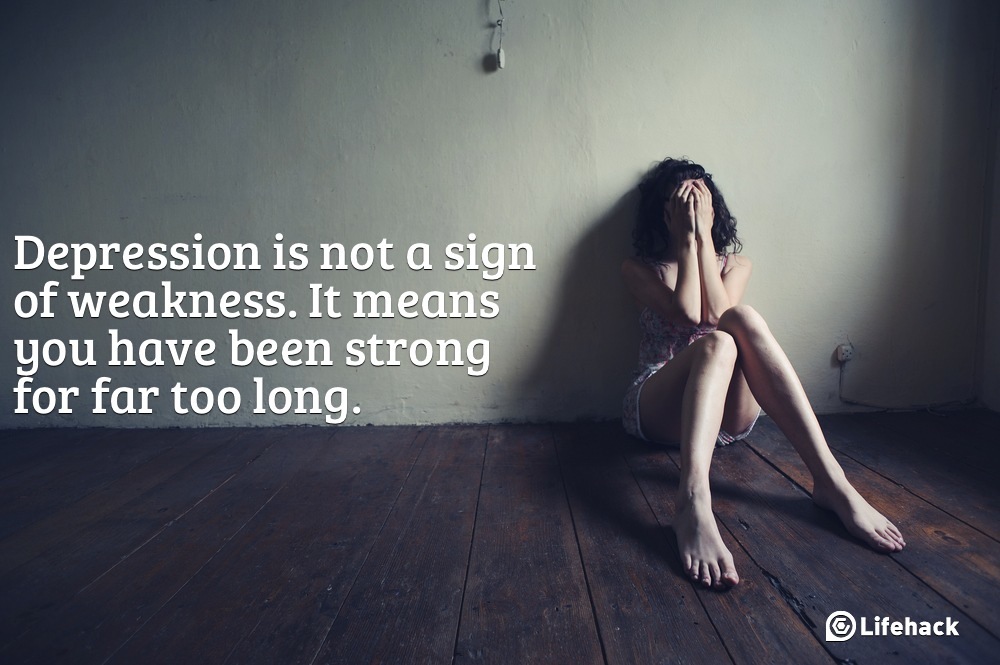It started out as lovely trip, a mix of business
and pleasure. But it began to go oh-so-horribly wrong just as our plane was
making its descent to our destination.
The flight attendant -- who'd seen me board with a
wheelchair -- asked me if I could walk down a flight of stairs. It seems the
jet bridge service we'd been promised upon landing in Miami was not available.
I suppressed the urge to make a snarky reply and assured her that, no, I could
not do stairs in a wheelchair.
No problem, my husband and I were told. A lift
would be provided to take me from the plane down to the tarmac. And technically
speaking, this turned out to be true. Except the lift was brought to the plane
about an hour after the rest of the passengers had de-boarded and been whisked
away in a bus.
As we waited for the lift -- and 15, then 20, then
30-plus minutes passed -- we had visions of our luggage being stolen without us
there to claim it.
Could someone from the airline secure our bags
until we deplaned, crossed the tarmac and made it into the terminal? This
request provoked smiles and the response -- along with circular hand gestures
-- that we shouldn't worry, because our bags would just go "round and
round" until we claimed them.
We finally made it to the baggage carousel about 75
minutes after our plane landed. Our bags were not going "round and
round." Instead, our bags were nowhere to be found. So, instead of heading
to the rental car shuttle queue, we had to stand in the airline's MIA luggage
queue.
We filed the report no traveler wants to think
about, then picked up our rental car. As we drove to our hotel, we tried to
find the humor in the situation. We can shake this off, we told ourselves. The
airline will deliver our bags to the hotel tomorrow, and all will be right as
rain.
I called the airline the next day and gave the
customer service rep our claim number. I was put on hold. The rep came back on
and asked me where we had changed planes. I assured her it had been a direct
flight, from Columbus, Ohio to Miami. She insisted our luggage could not have
been lost unless we had changed planes. Did we catch our connecting flight in
Chicago? For a few seconds, I considered if I'd been drugged or comatose during
the flight, which might explain why I had no memory of changing planes. Then I
realized my husband would have to have been comatose or whacked out, too.
Further attempts to explain that we suspected our
bags had been stolen were pointless. And given that my husband had a job
interview 24 hours later -- and no appropriate clothing to wear -- we headed
our car not to the beach but to an outlet mall.
Okay, we had faced worse situations before. Outline
a strategy, then carry it out. Our bags had contained a mixture of cheap
garments but a few nice pieces as well: a Joseph Abboud dress shirt, a Richard
Tyler suit jacket, a Versace skirt. If the airline were to locate our stuff, we
should buy only modestly-priced things we needed to get by. But if our things
were lost for good, shouldn't we get high quality stuff the airline would
reimburse us for? Ultimately, we decided to go the budget route. We psyched
ourselves up and hit that darn outlet mall like shopping commandos. Into the
discount department stores we flew; out we came with bags of clothes. Success!
Not so fast. My husband and I lack the ideal body
types that most clothes are designed for. Our new garments needed to be hemmed.
Time to improvise again! That night, when I should have been on a chaise lounge
savoring my third mai tai, I spent it "hemming" our stuff with
cleverly hidden safety pins.
